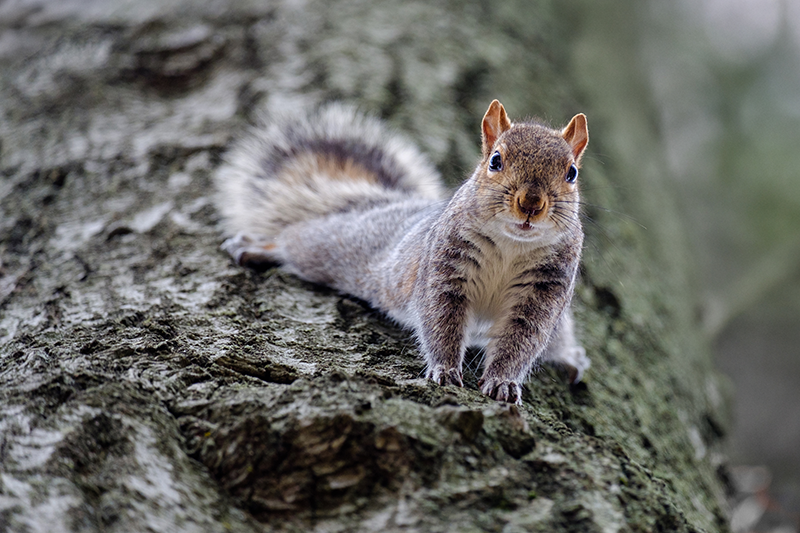Knowing what you're dealing with is critical to being a pest management professional. Choose a category below for detailed species information and recommendations on products and training. And if you need extra advice, reach out to your Veseris representative at any time.
